#aids
Text

“Unfinished Painting” — Keith Haring
This painting was left intentionally incomplete. Haring began it when he was dying due to complications from AIDS, and knew he didn’t have much time left. The piece represents the incomplete lives of him and many others, lost to AIDS during the crisis.

“AIDS Memorial Quilt” — Multiple
This quilt is over 50 tons heavy, and one of, if not the, largest pieces of community folk art. Many people who died of AIDS did not receive funerals, due to social stigma and many funeral homes refusing to handle the deceased’s remains, so this was one of the only ways their lives could be celebrated. Each panel was created in recognition of someone who died due to AIDS, typically by that person’s loved ones.

“Untitled” (Portrait of Ross in L.A.) — Felix Gonzalez-Torres
This pile of candy weighs the same amount as Gonzalez-Torres’ partner, Ross Laycock, did. Ross Laycock had died due to AIDS-related complications earlier that same year. Visitors who see this piece are encouraged to take some of the candy. As they do so, the pile of candy weighs less and less, like how AIDS had deteriorated the body of Ross Laycock.

The SF Gay Men's Chorus
This photo was taken in 1993. The men in white are the surviving original members. Every man in black is standing in for an original member who lost their lives to AIDS.
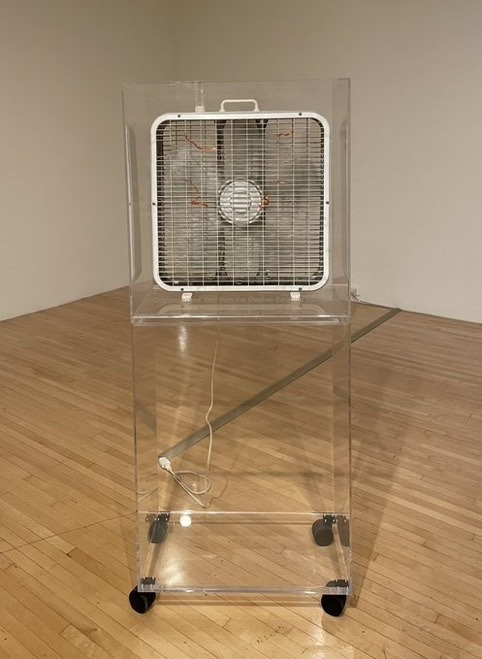
“Electric Fan (Feel it Motherfuckers); Only Unclaimed Item from the Stephen Earabino Estate, 1997” — John Boskovich
After the death of his lover, Stephen Earabino, from AIDS, Boskovich discovered that his family had completely cleared his room, including Boskovich’s own possessions, save for this fan. An entire person, existence and relationship had been erased, just like so many lives during the AIDS crisis. Boskovich encased the fan in Plexiglass, but added cutouts so that its air may be felt by the viewer, almost like an exhalation. In a sense, restoring Earabino’s breath.
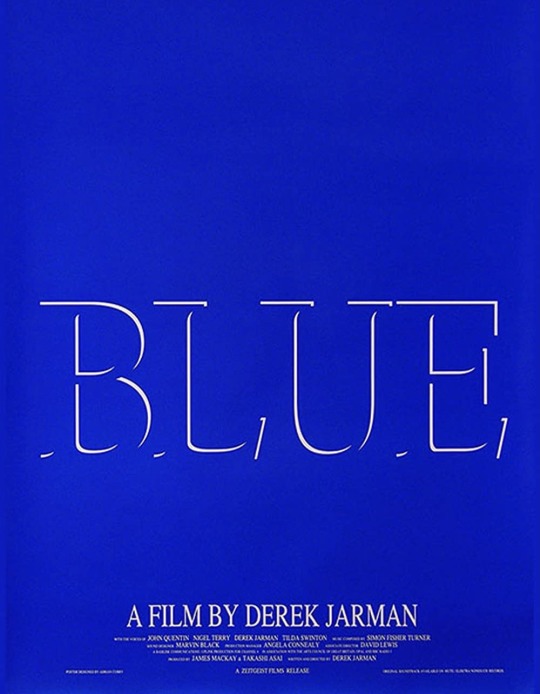
“Blue” — Derek Jarman
This was Jarman’s final feature film, released four months before his death from AIDS-related complications. These complications had left him visually impaired, able to only see in shades of blue. This film consists of a single shot of a saturated blue color, as the soundtrack to the film described Jarman’s life through narration, intercut with the adventures of Blue, a humanization of the color blue. The film's final moments consist of a set of repeated names: “John. Daniel. Howard. Graham. Terry. Paul". These are the names of former lovers and friends of Jarman who had died due to AIDS.
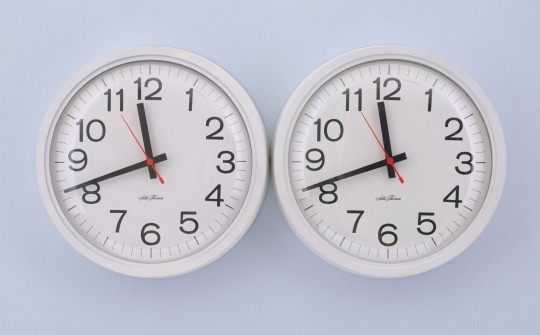
“Untitled” (Perfect Lovers) — Felix Gonzalez-Torres
Created by the same man who created the previous untitled piece, this piece was also inspired by his lover’s deterioration and death due to AIDS. This piece consists of two perfectly alike clocks. Over the course of time, one of the clocks will fall out of sync with the other.
In a letter written to his lover about the piece, before his lover’s passing, Gonzalez-Tourres wrote, “Don't be afraid of the clocks, they are our time, the time has been so generous to us. We imprinted time with the sweet taste of victory. We conquered fate by meeting at a certain time in a certain space. We are a product of the time, therefore we give back credit were it is due: time. We are synchronized, now forever. I love you.”
Please feel free to reblog with more additions
#aids#aids pandemic#aids crisis#lgbt#lgbtqia#queer history#lgbt history#art tag#azure does a thing#(i cried while putting this post together.)#(something about art about those lost to aids makes me want to fall to my knees.)#(happy pride month)#long post#death tw
30K notes
·
View notes
Text
As a queer Gen Z, I constantly think about how there’s such a huge chunk of the queer community that’s simply… missing. So much of the queer community died during AIDS that almost an entire generation of us is simply not there anymore.
Those queer people were supposed to be our teachers, our mentors, maybe even our parents or grandparents. Those queer people were supposed to be there for us. They were supposed to be at pride events, welcoming all the young queers. They were supposed to be representation in our careers. Those people were supposed to be there to help us navigate life as queer people, and it’s devastating for both us and them that they never got to do it.
8K notes
·
View notes
Text
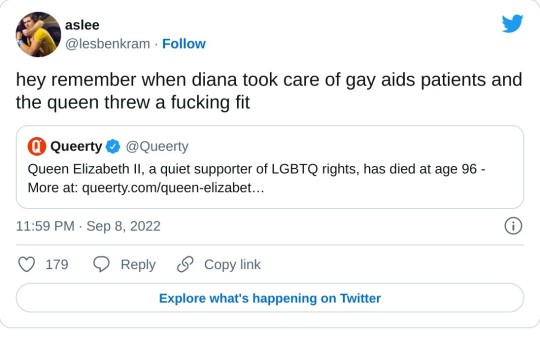

#queen elizabeth ii#princess diana#lgbt#lgbtqia+#aids#uk#twitter#equality#politics#human rights#queer history#history
87K notes
·
View notes
Text

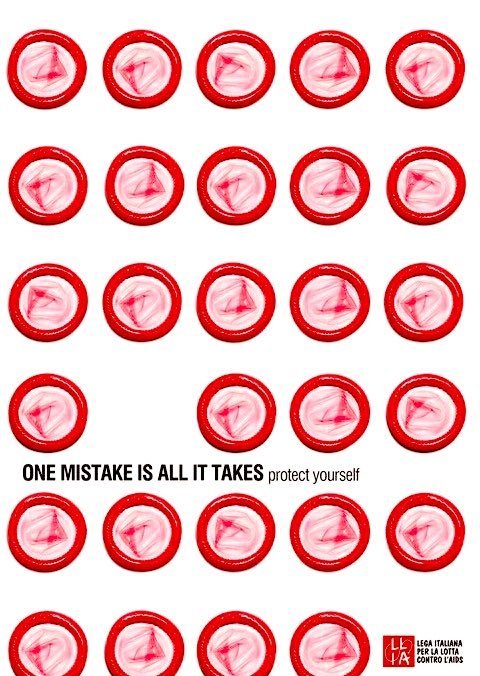


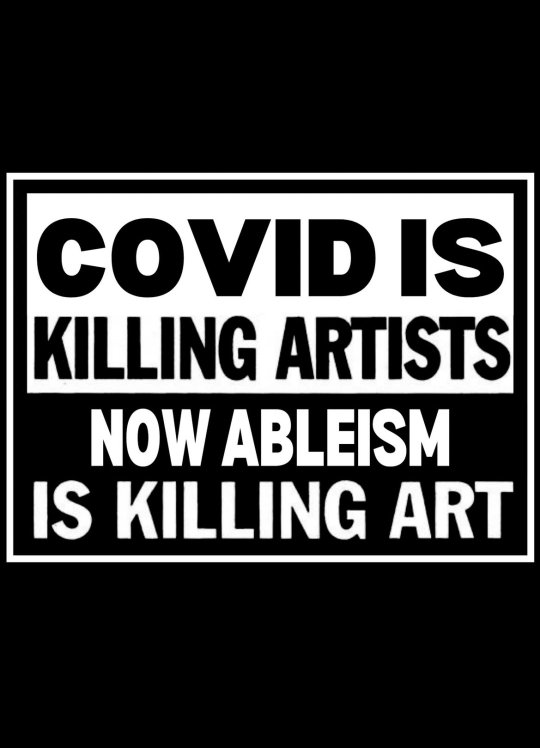
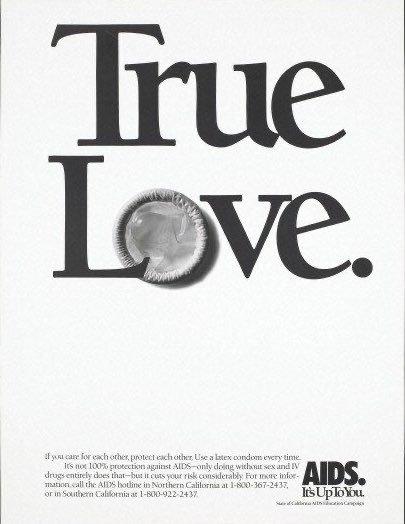
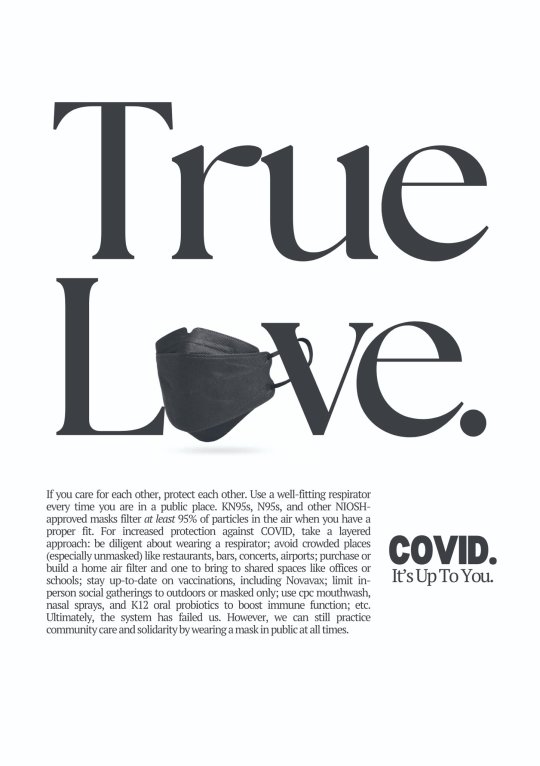
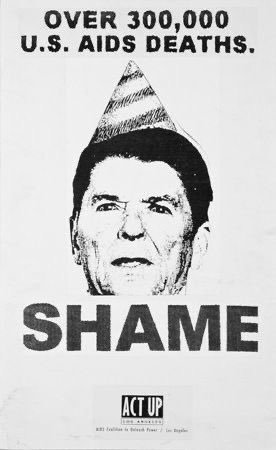


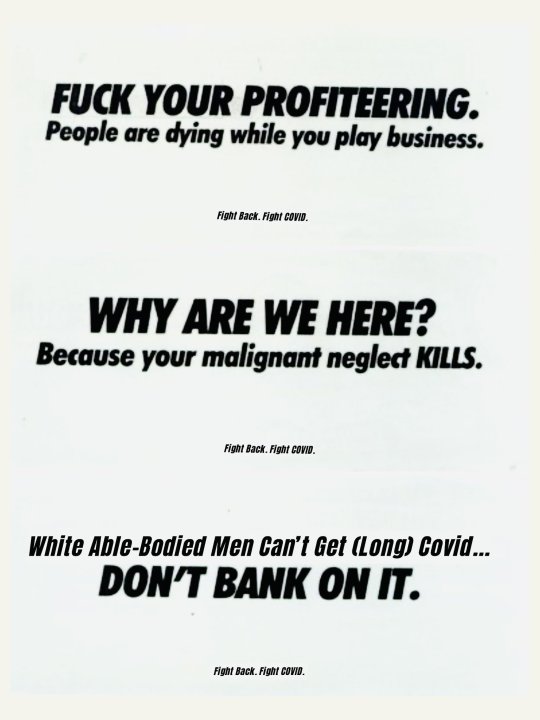

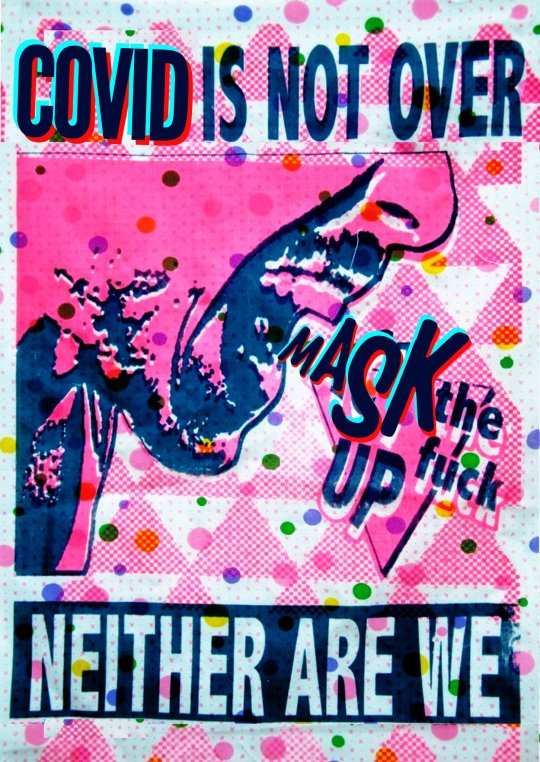




AIDS/ACT UP posters updated for the ongoing global COVID pandemic.
we must know history & be able to apply it to the current moment. queer liberation, disability justice, racial justice – these struggles cannot be separated.
WearAMask #CovidIsAirborne #LongCovid 😷
Images, image descriptions, and full thread with more posters by @/_copy_of_a_copy on Twitter. The thread also includes a link to a Google Drive of PNGs/PDFs to print and wheatpaste.
The artist is only on twitter, so I am sharing this incredible thread here on Tumblr.
3K notes
·
View notes
Text
Now that the post is over 10k and my notes are straight-up unusable...
One thing I wish I'd spelled out more explicitly in the original post because I see this point getting lost on a lot of rebloggers who don't understand why the healthcare thing was such a big deal is like
The subtext I thought would be understood bc I lived back then but apparently has been lost today is that making sure queer employees and their partners had healthcare in the early 90s meant Disney was paying for a lot of AIDS treatment.
This is one reason fundie Christians were so upset and queer employees were so grateful. It's one reason why it was such a controversial decision. It was a major talking point amongst my family, who believed back then that AIDS was a punishment from God.
(Some still do, I think. We don't talk.)
I keep seeing people saying that Disney only chose that option "because of their bottom line" and it's like??? Were you listening??? Disney has been paying for that decision for literally decades, but they've stood by it.
Like... the 90s weren't like now! It wasn't profitable to cater to the queer population of the country back then. They weren't raking in money with this.
It's in no way a perfect company but I fully believe in criticizing people for the specific things they do wrong and praising them for the specific things they do right. Disney has fucked copyright, monopoly, and labor laws and I'm not about to defend that. But they are well known in FL for being friendly to both queer people and disabled people, and that is unambiguously a good thing.
(Like side note, I could talk about Disney and accessibility for days. I have traveled extensively while disabled and no one does it like Disney.)
I've had people reblogging the post like "I straight-up don't believe Disney is an industry leader in equal protections for queer employees" and it's like ??? do you think I just pulled this out of my ass? If you want more information, go look it up! You'll see that this is well-established history. It's not my fault y'all don't read! :|
#I know I know#having a post go viral on tumblr is always a blessing and a curse#I'm happy that the word is getting out to so many people#I genuinely thought this history was more well-known than apparently it is#especially with younger users#but when your post starts doing numbers you have to start dealing with people who always wanna deal with ideas in bad faith#cw:#disney#homophobia#aids
9K notes
·
View notes
Text

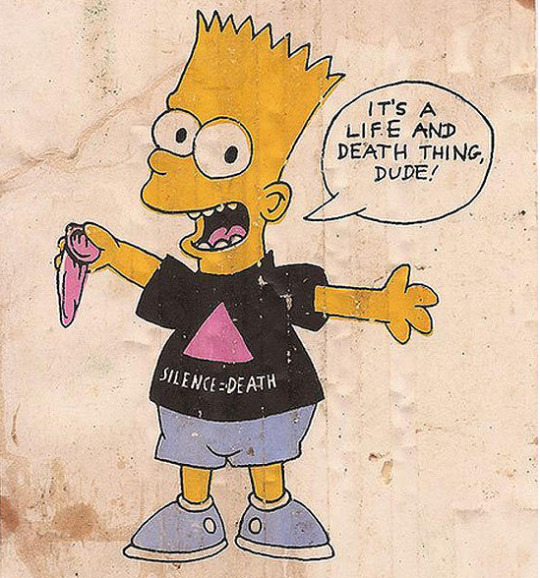

Vintage gay Bart shirts
17K notes
·
View notes
Photo
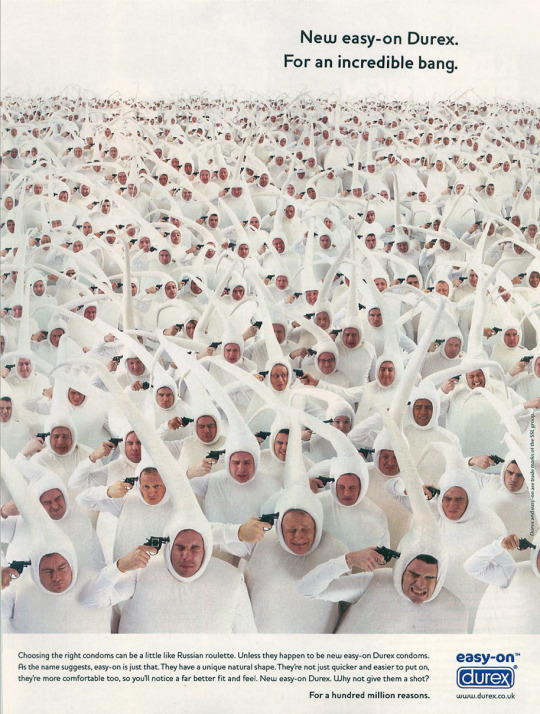
Durex, 2002 (UK)
43K notes
·
View notes
Text
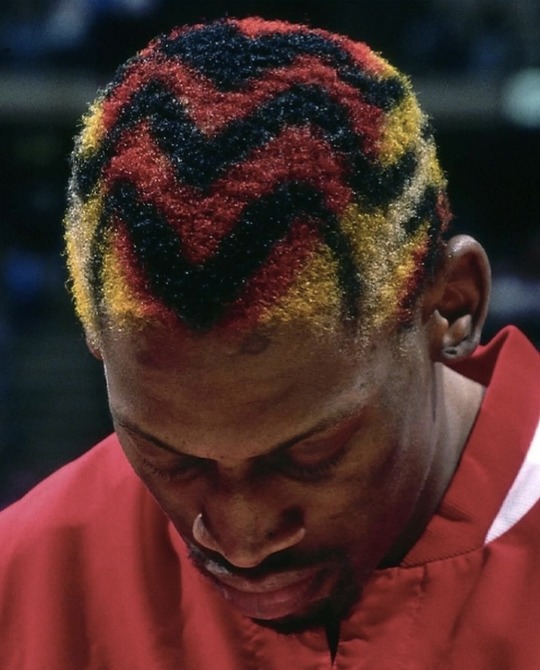

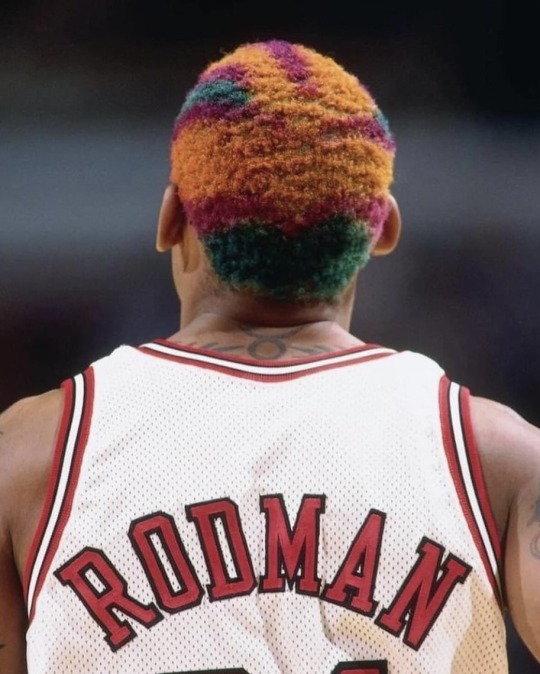

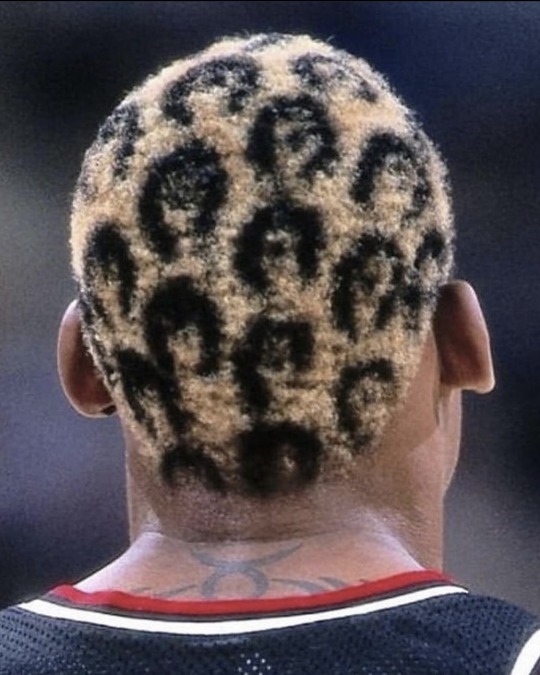
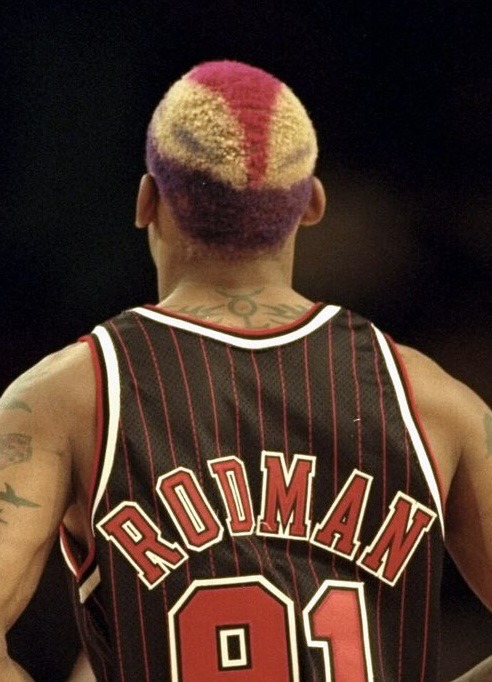

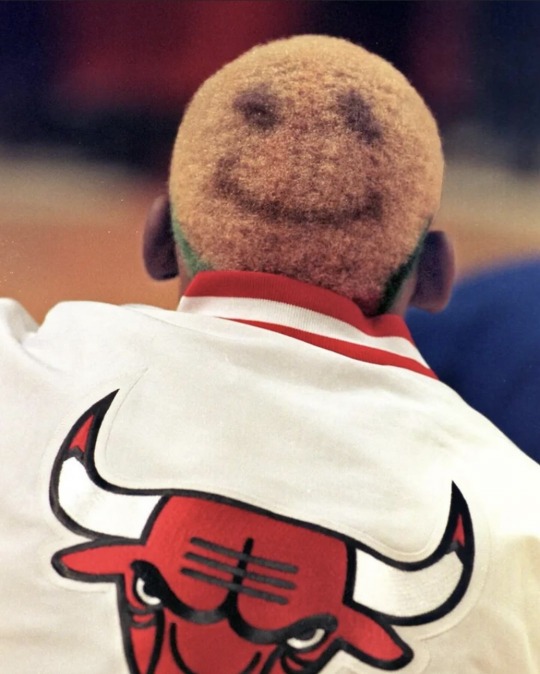
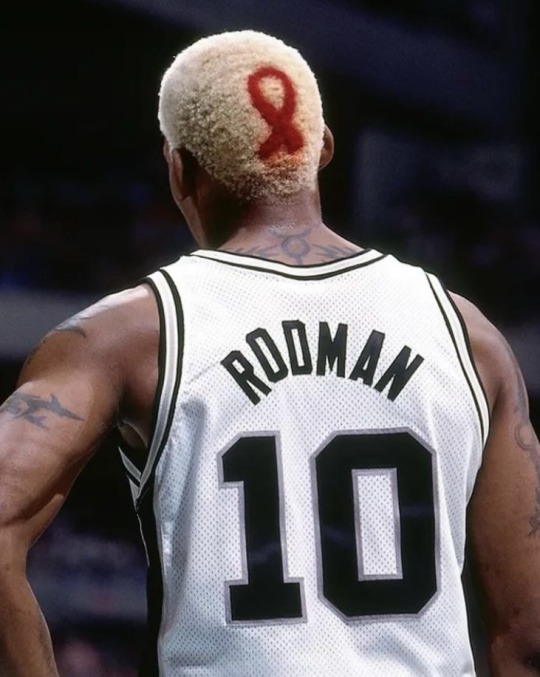
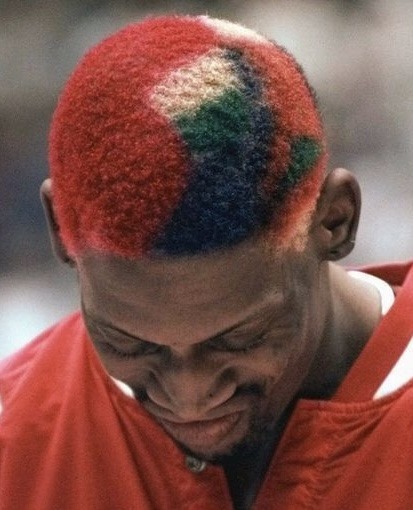

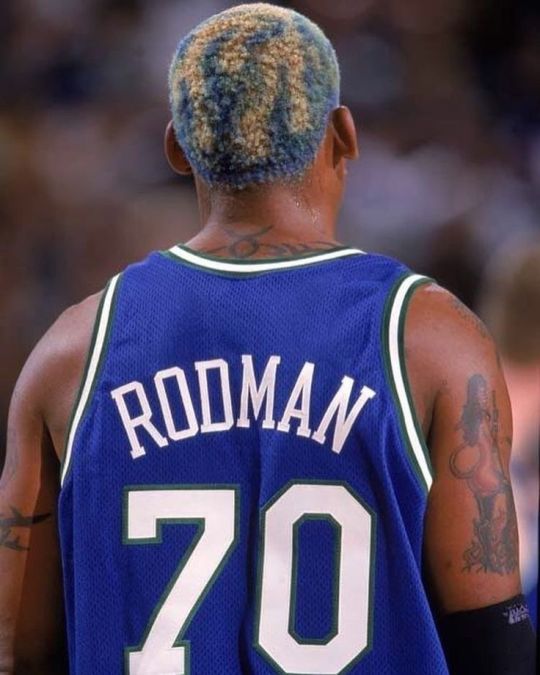

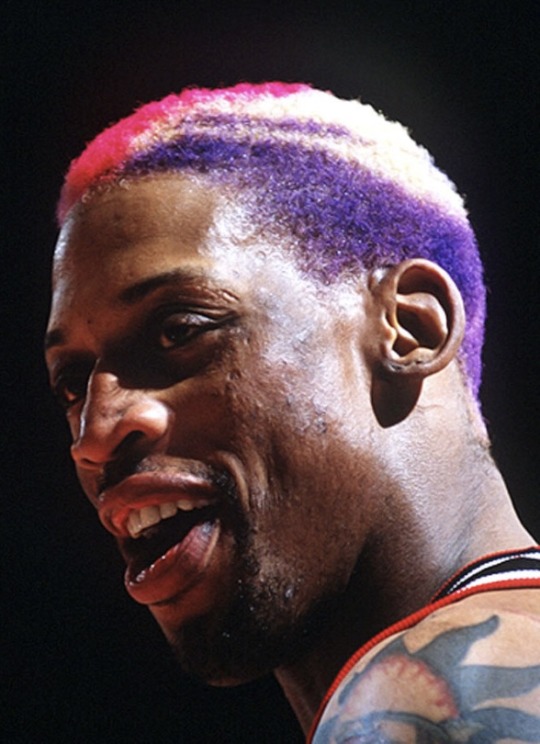




Dennis Rodman’s hairstyles
#dennis rodman#chicago bulls#sports#basketball#aesthetic#90s#nostalgia#childhood#athlete#celebs#hair#hair colour ideas#hairstyle#hair styles#aids#hiv#red ribbon#1990s#90s aesthetic#smiley face#bert#bert and ernie#sesame street#rainbowcore#people#humans
1K notes
·
View notes
Text


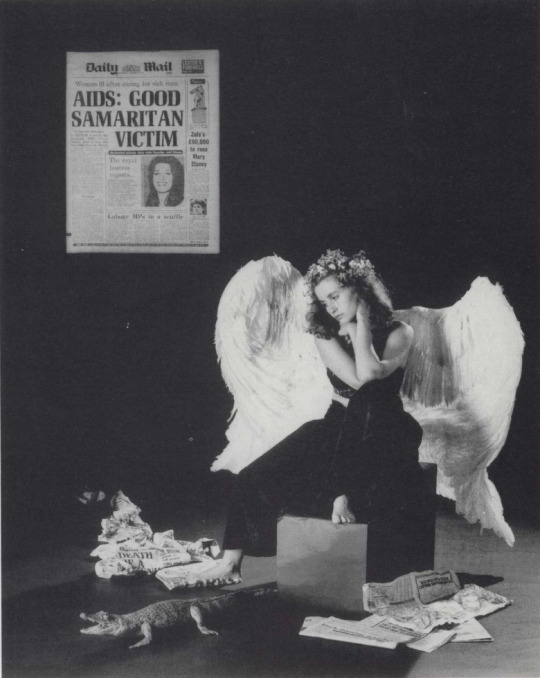

Angelic Rebels: Lesbians and Safer Sex, Tessa Boffin, 1989
1K notes
·
View notes
Text
We all know there's a fat erasure problem with Good Omens art and photo edits. We've gotta stop being afraid to let them have skin folds, stretch marks and soft bellies but another thing we don't talk about is how important it is leaving them their wrinkles, their eye bags and their imperfections of age. It's part of their beauty but it also signifies something incredibly important, in my opinion.
Part of what makes Crowley and Aziraphale such unique and wonderful examples of representation, is that they're not perfect, model-like young adults. Middle aged queer characters are so important because queer elders as a whole are so rare. The world's respective governments significantly failed queer folks during the AIDS crisis in the 80s and as a result, older queer couples, especially mlm or masc presenting couples aren't particularly prevalent in media, and having that example is a strange little beacon of hope.
So please, let Crowley have his forehead wrinkles and let Aziraphale keep his eye bags. Not only are they lovely, notable parts of their appearance but they symbolize something larger than just that. Let these old, alt, soft, queer man-shaped beings be just that.
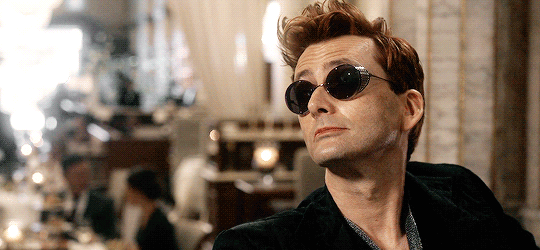

#good omens#crowley#aziraphale#ineffable husbands#aziracrow#ineffable partners#a/c#😈😇#good omens fanart#good omens meta#is this meta?#fat erasure#age erasure#fatphobia#ageism#queer representation#queer history#queer elders#aids#aids crisis
756 notes
·
View notes
Text
My name is Lew Wentz.
I am a 68 year old gay criminal defense lawyer. I have been keeping journals for 46 years. I am writing a book based on the journals.
I came out as a gay man in 1984. I was married to a woman then. I left the marriage after telling her I was gay.
My younger sister, Zoe, who I was very close to, died rather suddenly of pancreatic cancer earlier this year. She gave me permission to blog the last two weeks of her life. Those blogs run from May 1 to May 14, 2023.
I journaled my journey through the turbulent 1980's and 1990's. During that time, I was pretty vocal about being gay. I volunteered to help people with aids through their illness and death. And, I believe because of this, I was fired from my job as a deputy Public Defender in Modesto California. I also documented the 12 year relationship I had with my partner, Jim, who died in 2009.
I wrote pretty much daily about these events and many others. I never intended for the entries to be made public. But, I now think they should be, as they weave what I believe to be our common story of what it's been like to be out, human and gay in the past four decades.
And, as I journaled, I developed ideas and ways to journal and wrote about them in the journals. I discuss the impact journaling has had on me. And, the amazing revelation reviewing journal entries for the blog and book of just how incredible our lives have been. Memory fades. The journal details do not.
My hope is that , after reading the blogs, and maybe some day the book, you too will become addicted to journaling. Your life on paper will amaze you down the line.
My blog turned one year old on February 5, 2024.
#journaling#gay man#criminal defense attorney#gay history#journaling techniques#Remember the Plunge Blog turned 0ne Year old February 5#writing#radical gay elder#aids#volunteer support for people with aids through illness and death in the 80's and 90's.#gym and diet enthusiast#being fired from a job I believe because I was out#gay and vocal#Being disinherited for the same reason.#death of a sister#working through grief and mourning
4K notes
·
View notes
Text
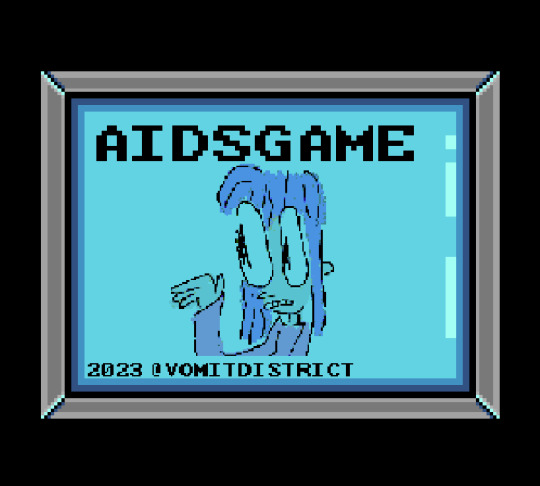

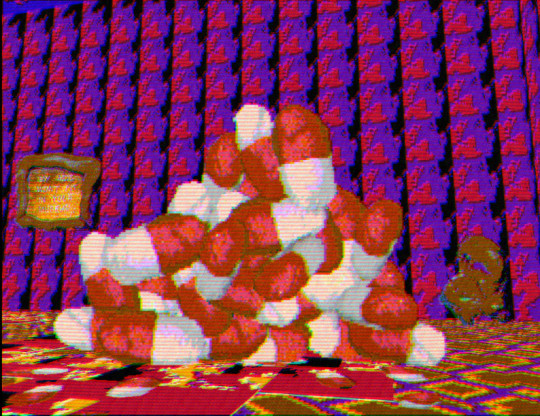
My game about AIDS and memory is finished, 10 minute playtime, released on my birthday. Read, enjoy, share! Made in about 2 weeks. It's small but I hope peoppe enjoy.
861 notes
·
View notes
Note
My question about the AIDS crisis, I'm mostly asking you because like I said, I don't think I was googling the right things, so even if you could just suggest some things to google that would be more likely to get me answers, that would be really helpful.
I guess it's mostly how did AIDS (and to some extent, any STD) become so widespread? I know that it spread through sexual contact and shared blood, but can you really "six degrees of separation" (god, that sounds so flippant, but i genuinely can't think how else to describe it) a chain of sexual partners and shared needles through any two people with HIV in the entire world? Maybe it's just because I'm a bit of a hermit, but while I can understand how it was so devastating once it was already widespread, I guess I'm having trouble understanding how it got such a foothold in the first place. If the first person with HIV had happened to not have a lot of sex would the AIDS crisis never have happened?
I swear I have absolutely no judgement for people that like to have a lot of sex, maybe I just have an underestimate of the amount of sex the average person has because frankly I don't have any? So I hope this doesn't sound disrespectful or anything, it's just kind of hard for me to believe those "six degrees of separation" kind of things in general when it's not like, famous people, so the realization that theoretically any two people with the same STD, on different parts of the globe, would have this string of sexual partners connecting them almost feels like there has to be something I'm missing... But when I'm googling things like "how did HIV become so widespread" and "how do STDs spread" I'm just getting things about how you should use protection and histories of *where* HIV spread rather than answering this more specific question (probably didn't help I was trying to do this research at 1am)
I mean this as kindly as possible:
What is your proposed alternate theory as to the spread of a disease which is transmitted through contact with blood, semen (and pre-seminal fluid), rectal and vaginal fluids, and breast milk? The disease does not spread through saliva or through touch which does not involve those fluids.
There are relatively rare cases of HIV spread through accidental needle sticks - according to WebMD, there are approximately 385k accidental needle sticks among health care workers per year in the US. WHO says that .7% of the global population has HIV, so for some back-of-the-napkin math, at most, you'll have about 2,700 of those needle sticks involving someone with HIV. Since (again, according to that WebMD article on accidental needle sticks), in cases of an accidental needle stick where the patient has HIV, the health care worker only has about a 1 in 300 chance of catching it (as opposed to 1 in 3 for an unvaccinated person catching hepatitis B via accidental needle stick from an infected patient). So - nationwide - you have approximately 9 people per year catching HIV from a needle stick.
And, to be clear, that fucking sucks. However, according to the Bureau of Labor Statistics, in 2022 there were approximately 14.7 million health care workers in the US. Not all of these people have equal risk for accidental needle sticks, but there's only so much research I'm gonna do for rough math to answer an ask on Tumblr.
The average US health care worker has approximately - again, based on my back-of-the-napkin math - 0.00000544% chance of contracting HIV from an accidental needle stick. It's astronomically more likely that a random health care worker will die from tripping over an extension cord or breathing in a caustic chemical than that they will catch HIV.
The chances of getting HIV via blood transfusion before we started routinely testing for it were all but assured if you got blood from someone with HIV. Testing now is so stringent that you have about a one in two million chance of getting HIV from a transfusion. The last recorded case I could find was in 2010, and before that, it was 2002, and the 2010 case happened in part because the donor lied about his risk profile and often participated in anonymous and unprotected sex with partners of multiple genders. He really shouldn't have been accepted as a donor at all. Approximately 4.5 million Americans receive blood transfusions per year, so, like, nowadays, it is excessively unlikely, but even in the 80s, it was an edge case means of infection, not a main source of pandemic spread.
A breastfeeding parent with a detectable viral load has about a 15% chance of transmitting HIV through breast milk. Likewise, HIV can be - and was - transmitted to babies during birth because of contact with vaginal fluid or blood, but, again, these relative edge cases are not the things pandemics are made of.
I want to stress that I am not in any way minimizing the absolute tragedy of the AIDS crisis, and I am not dismissing the fact that these methods of transmission are possible and did cause significant disruption to blood banks, stress for pregnant people with HIV, and so on. They just simply are not major methods of transmission, and never were.
With all of that said... what is your proposed alternate method of transmission, with these facts in hand? What do you think happened? Genuinely, this question is so baffling to me.
I think it's important to understand that before the emergence of HIV, most of the STIs we had were at that point either considered an annoyance (warts, HPV) or were extremely easy to treat and cure (syphilis, once a death sentence, became basically a non-issue for most people in the US as long as they were getting tested relatively frequently, and most other common STIs even today can be cured with a single course or even a single dose of antibiotics).
With that in mind, a lot of people, including a lot of queer people, were having a lot of unprotected sex. For people who could become pregnant, the advent of the pill and access to legal abortion meant that they didn't have to become or stay pregnant if they didn't want to, and for cis gay men, the prevalence of antibiotics meant that the vast majority of STIs were a brief inconvenience at worst.
So allo people did one of the things that allo people (and some ace people!) love to do:
They fucked. A lot. They fucked without fear of much consequence in terms of infection, and because it was much riskier to bring someone home where you could be seen, a lot of gay men cruised, fucking in parks or in literal back alleys or the bathrooms of clubs. They worried about getting arrested or getting caught and having their names in the newspaper much more than they worried about STIs. Sex workers, including trans sex workers, fucked in cars or hotels or... wherever the money was, because survival sec work is ... survival.
So... yeah. What is your proposed alternate theory, here? I am truly baffled at what you think otherwise happened, given a disease with a very narrow route of infection.
748 notes
·
View notes
Text
This whole James Somerton thing makes me want to go around and yell at random people that the marriage equality push of the 90s wasn't about white picket fences, it was about getting people healthcare in an epidemic. Did marriage equality help everyone equally? No, and it's important to acknowledge that. But when you've got a lot population of people not getting HIV/AIDS treatment and you can massively reduce that amount and pass the bill off to major corporations, you do so. Also, reducing the amount of uninsured in your community means that those left each getting a bigger piece of the charity and grant money.
Also, straight people were swooping in and feasting on the dying. Some of the families that kicked their kids out still had legal rights and could decide that their kid 'wouldn't want' extreme life saving measures, too undignified. Also, none of the expensive AZT stuff, it's experimental don't you know. The cheaper their death was, the bigger the bag the families got.
People were dying alone. Spouses were being cut off from ever seeing the loves of their life again the moment they went into the hospitals. They were sitting at homing knowing that uncaring blood relatives were making decisions.
Were some people into marriage equality for respectability? Sure. As James Somerton has shown, just because you are gay doesn't mean you aren't a festering pile of shit. However, almost all the energy and donations came from people horrified at stories of people dying alone, not getting potentially life saving medications, and the spouses, and sometimes kids, who were powerless and had to just wait, and then let the blood relations take every dollar, every personal item, everything the person they loved had ever created.
656 notes
·
View notes
Text
HIV lost an amazing advocate - since childhood she was an outspoken activist who opened a lot of people’s eyes especially in the early years of the epidemic. May she be at peace now.
402 notes
·
View notes
Photo
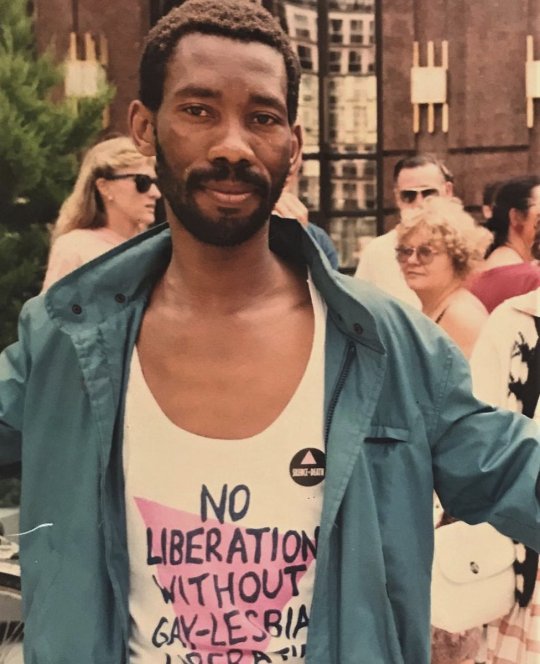
Black History Month: Simon Nkoli
“I am black, and I am gay. I cannot separate the two parts of me into secondary and primary struggle. They will all be one struggle.”
Simon Nkoli was born in the late 1950s in the Black township of Soweto in South Africa. He grew up under apartheid, and first became involved with anti-apartheid activism as a student, despite negative reactions within the movement to his homosexuality.
In 1984, Simon was arrested along with 21 other men while protesting rent increases in the township of Delmas, a group which became known as the Delmas 22. While in prison awaiting trial, Simon was outed, and faced backlash from the rest of the group, many who feared that pulic knowledge of his sexuality would negatively impact the outcome of the trial. To the surprise of his co-accused, Simon received an outpouring of support from the international queer community, which in turn led to greater international support for the Delmas 22 and anti-apartheid work.
Simon was ultimately acquitted, and began work as a founding member of a new group, GLOW - the Gay and Lesbian Organisation of Witwatersrand - fighting for the rights of queer people in Johannesburg’s Black townships. Simon was diagnosed with HIV while in prison, and focussed especially on HIV/AIDS activism in Black communities. With GLOW, Simon went on to organise Johannesburg’s first Pride march in 1990.
In 1994, Nelson Mandela became South Africa’s president, marking the end of apartheid. Simon met and negotiated with government officials to ensure the rights of gay and lesbian people would be enshrined in the country’s new constitution - the first country in the world to do so.
Learn more
Image: Simon wearing a shirt with a pink triangle which reads “No liberation without gay-lesbian liberation”, and a pin reading “Silence=Death”
#simon nkoli#black history#south african history#african history#queer history#aids#gay history#lgbt history#lgbtq#pride#black history month
2K notes
·
View notes